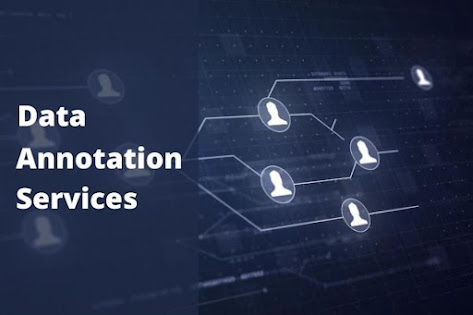OCR Dataset Curation: Selecting the Ideal Training Corpus
In the modern era of digital transformation, the ability to convert printed or handwritten text into machine-readable data is a fundamental technology. Optical Character Recognition (OCR) technology empowers this transformation by enabling computers to interpret text from images or documents. Behind the success of OCR systems lies the quality of the datasets used to train them. Globose Technology Solutions Pvt Ltd (GTS) understands the critical role that well-curated OCR datasets play in the advancement of OCR technology. In this blog, we delve into the art and science of OCR dataset curation, exploring its importance, challenges, and how GTS excels in selecting the ideal training corpus for superior OCR outcomes.
Understanding the Significance of OCR Datasets:
OCR datasets are the lifeblood of OCR technology. These datasets serve as the foundation upon which OCR models are trained to recognize and extract text from a variety of sources. The accuracy, versatility, and adaptability of OCR systems depend on the quality and diversity of the datasets they are exposed to during training. An effective OCR dataset should encompass a wide range of fonts, languages, handwriting styles, and document types to ensure that the OCR system can perform reliably in diverse real-world scenarios.
Challenges in OCR Dataset Curation:
Creating an OCR dataset that captures the intricacies of real-world scenarios comes with its own set of challenges:
Text Variation: Text can be printed, handwritten, or a mix of both. It can vary significantly in terms of font types, sizes, styles, and orientations. A well-curated dataset should encompass this variation to ensure the OCR model's ability to recognize text accurately across various sources.
Multilingual and Multiscript Support: In today's globalized world, OCR systems are expected to support multiple languages and scripts. Curating a dataset that covers a diverse range of languages and scripts requires linguistic expertise and careful planning.
Document Types: Documents come in different shapes and sizes, from official reports to casual notes. An effective dataset should encompass a variety of document types to ensure the OCR model's adaptability in different contexts.
Noisy Data: Real-world documents often contain imperfections, such as smudges, creases, and poor-quality scans. A well-rounded dataset should include noisy data to ensure the OCR model's resilience to real-world challenges.
GTS Approach to Ideal OCR Training Corpus:
Globose Technology Solutions Pvt Ltd (GTS) is committed to overcoming the challenges associated with curating the ideal OCR training corpus. Here's how we ensure the excellence of our OCR datasets:
Diverse Data Collection: GTS adopts a comprehensive approach to data collection. Our dataset spans a wide array of fonts, languages, handwriting styles, and orientations. This diversity equips our OCR models with the ability to recognize and interpret text from various sources accurately.
Linguistic Expertise: Recognizing the importance of language diversity, GTS collaborates with linguists and language experts. This collaboration ensures that our OCR dataset includes a variety of languages and scripts, enabling our models to process text content accurately in numerous languages.
Document Variety: Our dataset includes an extensive range of document types, ranging from formal business documents to informal handwritten notes. By exposing our OCR models to a diverse range of documents, we ensure their robustness and adaptability across different use cases.
Integration of Noisy Data: GTS intentionally incorporates noisy data into our dataset. This includes documents with stains, smudges, and irregular text placement. Training our OCR models on such data enhances their ability to handle real-world scenarios effectively.
Advancements Enabled by Ideal OCR Training Corpus:
The quality of the OCR training corpus directly influences the advancements made in OCR technology and its impact on various industries:
Precision and Accuracy: Well-curated OCR datasets result in OCR systems that extract text with greater precision. This is crucial for applications like data entry, content digitization, and archival purposes.
Multilingual and Multiscript Competence: With a linguistically diverse dataset, OCR systems can accurately interpret and process text content in multiple languages and scripts. This facilitates global communication and collaboration.
Industry-Specific Solutions: The availability of an ideal OCR training corpus paves the way for the development of industry-specific OCR solutions. From streamlining paperwork in healthcare to digitizing legal documents, OCR technology becomes more versatile and impactful.
Historical Preservation: Handwritten manuscripts and historical documents hold immense cultural and historical value. A curated OCR dataset that includes historical handwriting styles ensures the preservation of invaluable texts for future generation
Conclusion:
As our world becomes increasingly digitized, OCR technology remains a driving force behind this transformation. Globose Technology Solutions Pvt Ltd (GTS) recognizes the paramount importance of curation in OCR dataset creation. Through meticulous data collection, linguistic expertise, and the inclusion of diverse document types, GTS is at the forefront of selecting the ideal training corpus for superior OCR outcomes. By prioritizing the curation of OCR datasets, GTS is playing a pivotal role in shaping a future where textual information is seamlessly accessible, searchable, and valuable for a myriad of applications and industries.






Comments
Post a Comment